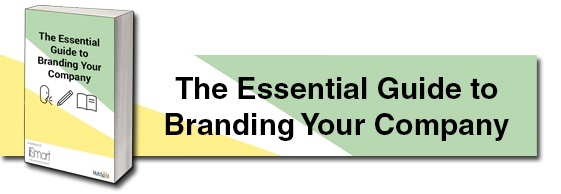By Charing Kam on Nov 14, 2017 10:00:00 AM
 In the many years that Inbound Marketing has existed, it has been used in a range of industries and for different target audiences; we personally love it for B2B lead generation, but there are success stories everywhere.
In the many years that Inbound Marketing has existed, it has been used in a range of industries and for different target audiences; we personally love it for B2B lead generation, but there are success stories everywhere.
Regardless of what you use Inbound Marketing for, there are four components of Inbound Marketing that you HAVE to use. If you don’t include these, you aren’t doing Inbound right:
1) Website
As Brian Halligan and Dharmesh Shah, the founders of HubSpot have said, Inbound Marketing uses your website as a content hub to generate leads.
So, if you don’t have a website, what are you even doing?
Your website is the first official point of contact between your potential consumers and your company; it helps to build trust. Ensure that you have your company profile, information about your services and products, and contact information on your website.
2) Blog
Inbound Marketing is all about content marketing.
Include a blog on your website, regardless of what industry you are in and regularly update it with fresh, relevant content. This provides fresh content for Google to index your website for and can provide a boost to SEO rankings.
This blog will form the foundation of your lead generation activities. Potential customers can learn about your company’s point of view through a low-commitment method, like reading an article on your blog.
3) Landing Pages
However, lead generation doesn’t stop there For these blog visitors to become leads, you need to funnel them into your database. To do this, you need landing pages that are accessible through clickable call-to-actions.
Landing pages are pages that exist purely to capture information. They have no extraneous content; it’s even a best practice to remove navigational menu bars so visitors won’t get distracted from filling in the form and converting.
This helps you as a marketer in two ways. Firstly, your analytics tracking can give you more accurate information on the sources of your traffic. Secondly, you’ll be able to measure results more clearly, since there isn’t anything else on the page that could distract the potential lead.
4) Forms
To capture information, you require forms. Forms do the heavy lifting to convert visitors to leads. Ensure that your form includes the minimum number of fields you require to capture that lead. You can always use lead nurturing to acquire more in-depth information in future forms as they move through your marketing funnel.





comments